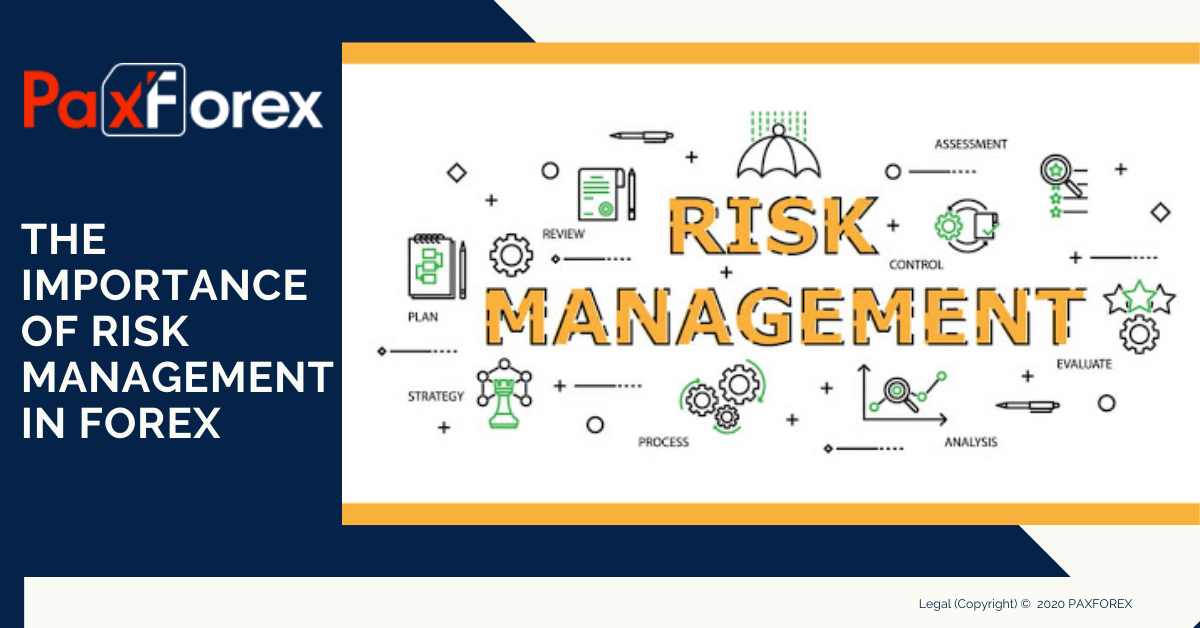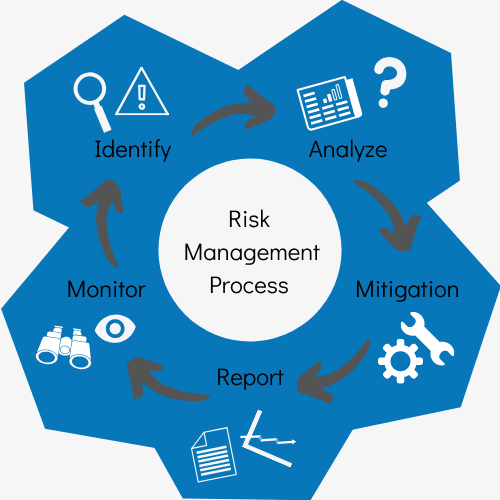Discovering the Importance of Risk Management for Effective Decision-Making Approaches
In the elaborate world of service, Risk Management arises as an important factor in the decision-making procedure. The capability to determine possible threats and chances, and plan as necessary, can mean the difference in between success and failure. With tools such as SWOT and PESTEL, organizations are furnished to make enlightened options, cultivating strength and flexibility in an ever-changing setting. Wondering just how this works? Allow's unbox the characteristics further.
Recognizing the Concept of Risk Management
Risk Management, an important part in decision-making, is often misconstrued or oversimplified. Risk Management entails disciplined and organized approaches, utilizing information and insightful analyses. From economic unpredictabilities, lawful liabilities, strategic Management mistakes, to accidents and all-natural disasters, it resolves various threats - importance of risk management.
The Function of Risk Management in Decision-Making Processes
In the realm of tactical planning and company operations, Risk Management plays an essential role in decision-making procedures. Risk Management therefore comes to be an important tool in decision-making, aiding leaders to make informed choices based on a thorough understanding of the risks included. Risk Management offers as a vital element in the decision-making processes of any type of company.

How Risk Management Improves Strategic Planning
In the context of calculated preparation, Risk Management plays an essential function. Starting with the recognition of possible dangers, it even more includes the application of Risk reduction procedures. The role of Risk Management is dynamic but not static, as it demands consistent surveillance and adjusting of approaches.
Determining Prospective Dangers

Applying Risk Mitigation
Risk mitigation methods can vary from Risk avoidance, Risk transfer, to risk decrease. Each strategy should be tailored to the particular Risk, considering its potential effect and the company's Risk resistance. Effective Risk mitigation calls for a deep understanding of the Risk landscape and the possible effect of each Risk.
Tracking and Readjusting Methods
Though Risk reduction is a vital step in critical planning, constant monitoring and change of these methods is equally essential. It likewise provides a chance to examine the success of the Risk Management measures, permitting modifications to be made where necessary, more improving critical preparation. Surveillance and readjusting Risk Management methods is a crucial element for improving an organization's resilience and tactical planning.
Situation Studies: Successful Risk Management and Decision-Making
In the globe a knockout post of business and money, effective Risk Management and decision-making commonly act as the columns of thriving business. One such entity is an international oil business that reduced monetary loss by hedging against varying oil costs. In one more circumstances, a technology start-up grew by determining and approving high-risk, high-reward methods in an unpredictable market. An international financial institution, confronted with governing unpredictabilities, efficiently navigated the circumstance via aggressive Risk assessment and dynamic decision-making. These situations highlight the value of sharp Risk Management in decision-making procedures. It is not the absence of Risk, however the Management of it, that frequently distinguishes effective business from unsuccessful ones. These instances highlight the critical duty of Risk Management in tactical decision-making. importance of risk management.
Tools and Strategies for Efficient Risk Management
Browsing the elaborate puzzle of Risk Management requires the right collection of techniques and devices. These tools, such as Risk registers and warm maps, help in identifying and examining possible dangers. Strategies include both measurable approaches, like sensitivity evaluation, and qualitative techniques, such as SWOT evaluation. These assistance in focusing on risks based on their possible influence and possibility. Risk action approaches, an essential element of Risk Management, involve accepting, preventing, transferring, or mitigating dangers. Surveillance and controlling risks, with routine audits and testimonials, guarantee that the methods continue to be reliable. With these tools and methods, decision-makers can browse the facility landscape of Risk Management, thus helping with educated and reliable decision-making.
Future Patterns in Risk Management and Decision-Making Techniques
As we explore the huge landscape of why not try this out Risk Management, it ends up being evident that the techniques and devices utilized today will proceed to develop. Future patterns point in the direction of an increased reliance on innovation, with expert system and artificial intelligence playing significant roles. These modern technologies will certainly make it possible for companies to predict possible threats with higher accuracy and make even more informed choices. In addition, there will certainly be an expanding focus on strength, not simply in handling threats but additionally in recuperating from adverse scenarios. The concept of Risk culture, where every member of a company is aware go to this web-site and involved in Risk Management, will certainly get more prominence. These trends declare an even more aggressive and comprehensive approach towards Risk Management and decision-making.
Verdict

Risk Management therefore comes to be a vital device in decision-making, assisting leaders to make educated selections based on a thorough understanding of the threats included. Risk mitigation methods can vary from Risk evasion, Risk transfer, to take the chance of decrease (importance of risk management). Efficient Risk reduction requires a deep understanding of the Risk landscape and the potential influence of each Risk. Risk response methods, a crucial component of Risk Management, include accepting, preventing, moving, or mitigating dangers. The principle of Risk society, where every participant of an organization is conscious and entailed in Risk Management, will obtain a lot more importance
 Judd Nelson Then & Now!
Judd Nelson Then & Now! Richard "Little Hercules" Sandrak Then & Now!
Richard "Little Hercules" Sandrak Then & Now! Kane Then & Now!
Kane Then & Now! Batista Then & Now!
Batista Then & Now! Catherine Bach Then & Now!
Catherine Bach Then & Now!